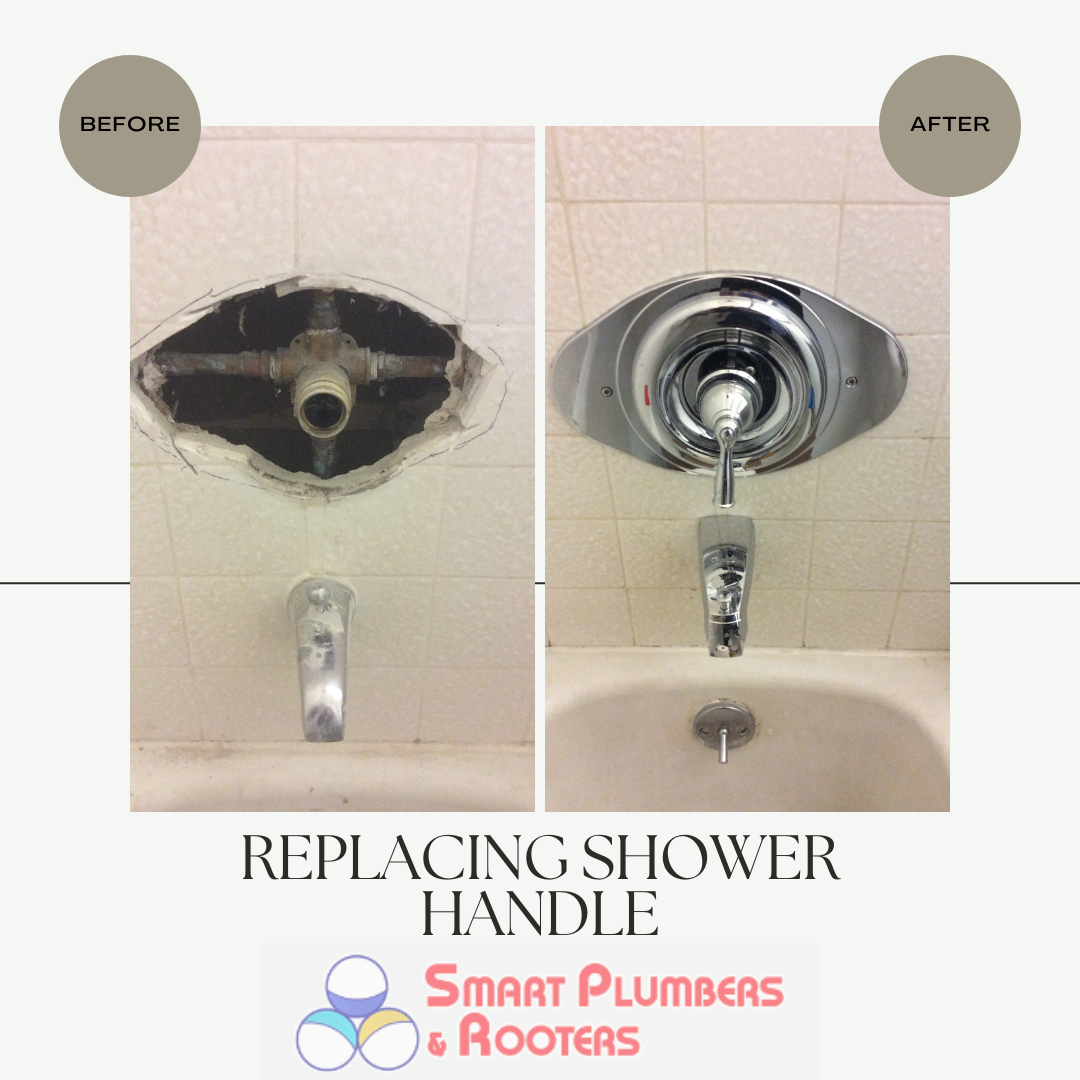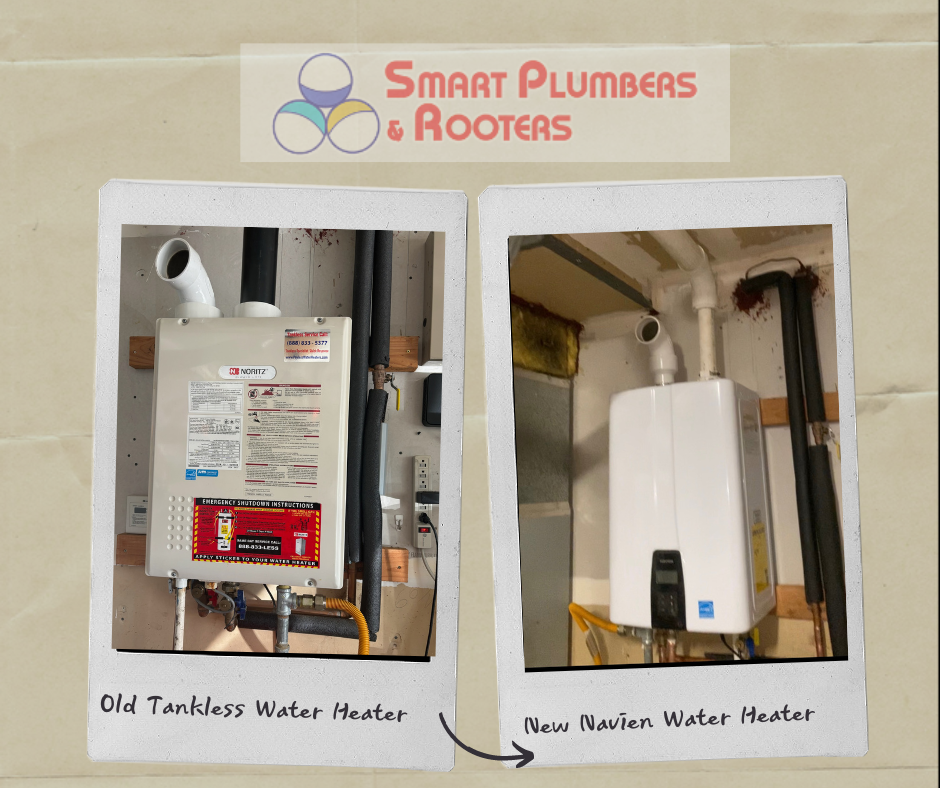Introduction
Replacing a shower faucet can greatly enhance your bathroom's functionality and aesthetic appeal. However, while it might appear straightforward, the intricacies involved often necessitate professional assistance. This article explores the reasons why you should opt for professional installation when replacing a shower faucet, highlighting the benefits, processes, and critical considerations.
Understanding Shower Faucets
Shower faucets are an essential component of your bathroom, controlling the water flow and temperature. They come in various styles and functionalities, each suited to different types of showers and personal preferences.
Types of Shower Faucets
- Single-handle faucets: Control both water temperature and flow with one handle.
- Double-handle faucets: Separate handles for hot and cold water.
- Thermostatic faucets: Maintain a consistent water temperature.
- Pressure-balancing valves: Prevent sudden temperature changes due to fluctuations in water pressure.
Signs Your Shower Faucet Needs Replacing
- Persistent leaks: Continuous dripping or leaking indicates internal damage.
- Difficulty in adjusting water temperature: Struggles in finding the right temperature.
- Outdated or damaged appearance: Aesthetic deterioration can affect the overall look of your bathroom.
- Low water pressure: Reduced water flow despite open valves.
Preparing for Replacement
Proper preparation is key to a smooth faucet replacement process. This includes:
- Turning off the water supply: Prevents water from gushing out during replacement.
- Gathering tools and materials: Ensures you have everything needed for the task.
- Inspecting the plumbing: Identifies any underlying issues that need addressing.
Tools and Materials Needed
- Adjustable wrench
- Screwdrivers
- Plumber’s tape
- New shower faucet
- Pliers
- Caulking gun and caulk
Step-by-Step Guide to Replacing a Shower Faucet
- Turn off the water supply: Ensure no water flow during the process.
- Remove the old faucet: Use the appropriate tools to unscrew and detach it.
- Prepare the plumbing: Clean and inspect the pipes for any damage or debris.
- Install the new faucet: Follow manufacturer instructions for a secure fit.
- Test the installation: Turn on the water supply and check for leaks and proper functionality.
Common Mistakes in DIY Shower Faucet Replacement
- Incorrect measurements: Can lead to improper fitting.
- Over-tightening connections: Causes damage to the components.
- Ignoring underlying plumbing issues: Leads to future problems.
- Improper sealing: Results in leaks and water damage.
Benefits of Professional Installation
- Expertise and Experience: Professional plumbers have the skills to handle complex installations.
- Guaranteed Workmanship: Ensures the job is done correctly, reducing the risk of issues.
- Time-saving: Professionals complete the task efficiently.
- Access to Proper Tools: Plumbers use specialized tools for precise work.
Cost Considerations
While professional installation might seem costly upfront, it can save money in the long run by avoiding potential damage and repairs. Consider:
- Initial cost of the faucet
- Labor charges
- Potential future savings from avoiding DIY errors
How to Choose a Professional Plumber
- Check credentials: Ensure they are licensed and insured.
- Read reviews: Look for customer feedback and testimonials.
- Get quotes: Compare prices and services from multiple plumbers.
- Ask for referrals: Recommendations from friends or family can be valuable.
Safety Precautions During Faucet Replacement
- Wear protective gear: Gloves and safety glasses.
- Follow manufacturer instructions: Ensures safe and correct installation.
- Handle tools carefully: Reduces the risk of injury.
Maintaining Your New Shower Faucet
- Regular cleaning: Prevents buildup of mineral deposits.
- Inspect for leaks: Regularly check for and address any leaks.
- Proper use: Avoid excessive force when operating the faucet.
Eco-Friendly Shower Faucet Options
- Low-flow faucets: Reduce water consumption.
- WaterSense labeled faucets: Certified for efficiency and performance.
- Eco-friendly materials: Made from sustainable and recyclable materials.
FAQs About Replacing Shower Faucets
Why should I hire a professional to replace my shower faucet?
Professional plumbers ensure the installation is done correctly, preventing potential leaks and damage.
How long does it take to replace a shower faucet?
Professional installation usually takes a few hours, depending on the complexity of the job.
Can I replace a shower faucet myself?
While possible, DIY replacement carries risks of improper installation and damage.
What are the signs of a faulty shower faucet?
Persistent leaks, difficulty adjusting temperature, and low water pressure are common indicators.
How much does professional shower faucet replacement cost?
Costs vary based on faucet type, labor, and any additional plumbing work needed.
What should I consider when choosing a new shower faucet?
Look for style, functionality, water efficiency, and compatibility with your existing plumbing.
Conclusion
Replacing a shower faucet can significantly enhance your bathroom’s functionality and aesthetics. While DIY projects are appealing, the complexities involved in plumbing often require professional expertise. Hiring a professional plumber ensures a seamless, efficient, and lasting installation, saving you time, money, and potential headaches in the long run. For a flawless shower faucet replacement, trust the experts at Smart Plumbers Inc.




Leave a comment
This site is protected by hCaptcha and the hCaptcha Privacy Policy and Terms of Service apply.